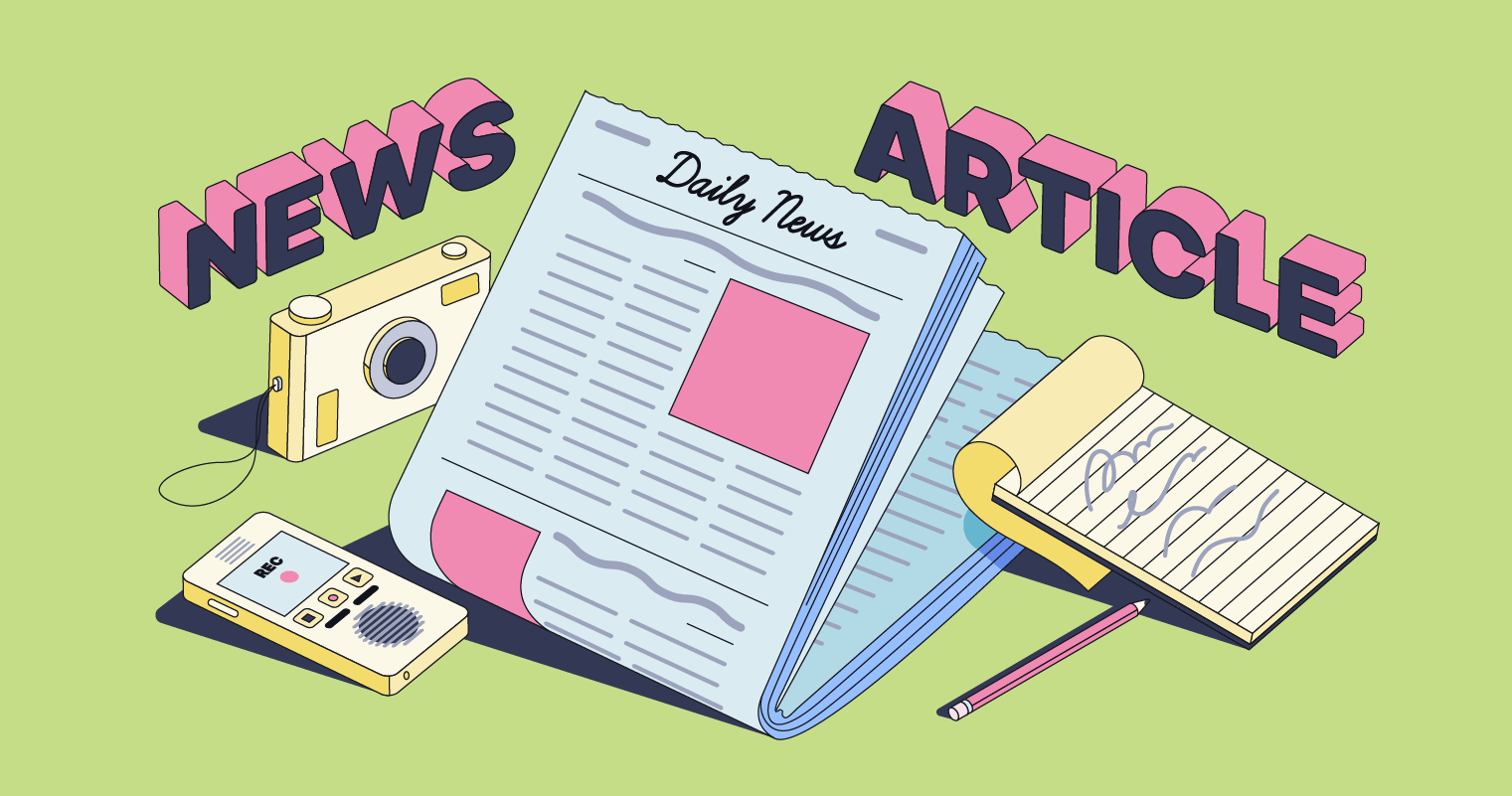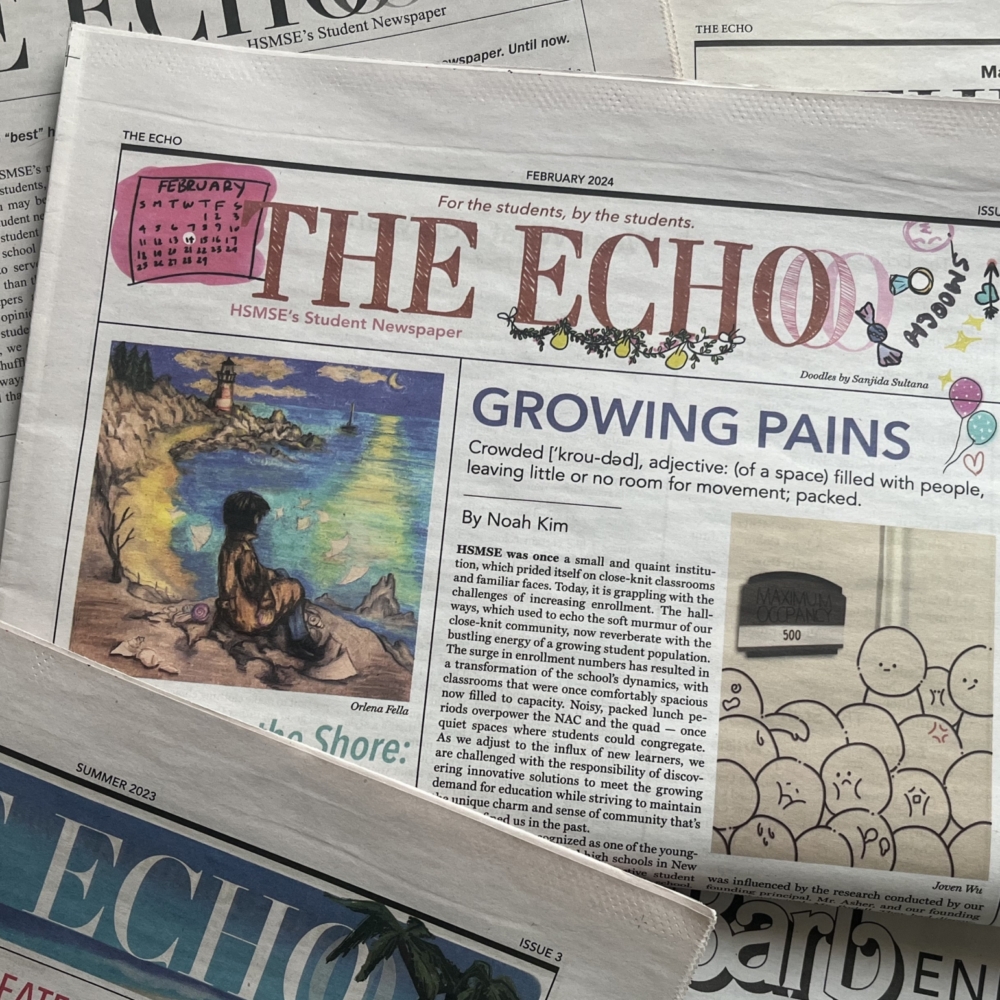An Unbiased View of News Articles
Table of ContentsAll about News ArticlesAn Unbiased View of News ArticlesA Biased View of News ArticlesThe 7-Minute Rule for News ArticlesNews Articles Fundamentals Explained
Great knowledge of various subjects provides trainees a competitive side over their peers. Although electronic and social media sites are readily accessible, we must not fail to remember just how essential it is to read the papers. Moms and dads should attempt and inculcate the behavior of reviewing a newspaper as a day-to-day routine to proceed the legacy of the adored print medium.News stories also consist of at least one of the adhering to crucial characteristics relative to the intended audience: proximity, prominence, timeliness, human interest, oddity, or consequence.
Within these limits, news stories also intend to be comprehensive. Amongst the larger and more reputable papers, fairness and equilibrium is a major factor in offering information.
Papers with a worldwide audience, for example, have a tendency to use an extra official style of writing. The details options made by a news electrical outlet's editor or editorial board are frequently collected in a design guide; usual style guides consist of the and the US Information Design Publication. The main goals of news writing can be summarized by the ABCs of journalism: precision, brevity, and clearness.
The smart Trick of News Articles That Nobody is Discussing
As a rule, journalists will not utilize a long word when a short one will do. News authors attempt to avoid using the same word more than once in a paragraph (in some cases called an "echo" or "word mirror").
Headings in some cases leave out the subject (e.g., "Leaps From Watercraft, Catches in Wheel") or verb (e.g., "Feline woman fortunate"). A subhead (additionally subhed, sub-headline, subheading, subtitle, deck or dek) can be either a subordinate title under the main heading, or the heading of a subsection of the short article. It is a heading that comes before the primary text, or a team of paragraphs of the major text.

Additional signboards of any of these types might show up later on in the post (specifically on succeeding web pages) to lure further reading. Such signboards are also utilized as pointers to the post in various other sections of the magazine or site, or as ads for the item in various other magazine or sites. Normal structure with title, lead paragraph (recap in vibrant), other paragraphs (details) and contact details.

Example of a hard-lead paragraph NASA is proposing another area project. The company's budget plan request, introduced today, consisted of a strategy to send another mission to the Moon. This time around the company wishes to develop a long-lasting facility as a jumping-off point for various other room experiences. The budget plan demands around $10 billion for the project.
The NASA news came as the firm requested $10 billion of appropriations for the task. An "off-lead" is the 2nd most important front page information of the day. The off-lead appears either in the leading left edge, or directly below the lead on the. To "bury the lead" is to begin the write-up with background details or details of second significance to the viewers, forcing them to review more deeply right into a post than they check my blog should need to in order to discover the important factors.
How News Articles can Save You Time, Stress, and Money.
Usual usage is that one or more sentences each form their own paragraph. Journalists usually describe the organization or framework of a newspaper article as an upside down pyramid. The important and most interesting aspects of a tale are put at the beginning, with sustaining information adhering to in order of lessening importance.
It allows people to check out a subject to only the depth that their curiosity takes them, and without the charge of information or nuances that they could think about unimportant, but still making that details readily available to extra interested viewers. The inverted pyramid structure additionally makes it possible for write-ups to be cut to any type of arbitrary size during layout, to suit the see this site area available.
Some click here for info authors begin their stories with the "1-2-3 lead", yet there are several type of lead offered. This format inevitably starts with a "5 Ws" opening paragraph (as described over), complied with by an indirect quote that offers to sustain a major aspect of the very first paragraph, and then a direct quote to sustain the indirect quote. [] A twist can refer to numerous things: The last tale in the news program; a "delighted" story to end the program.
Longer write-ups, such as magazine cover articles and the items that lead the inside areas of a newspaper, are referred to as. Function stories vary from straight information in a number of means. Foremost is the absence of a straight-news lead, the majority of the time. Rather of supplying the significance of a story in advance, function writers might attempt to lure visitors in.
Some Known Details About News Articles
The journalist often details communications with meeting subjects, making the piece extra individual. A feature's very first paragraphs usually connect an interesting moment or event, as in an "anecdotal lead". From the particulars of a person or episode, its sight quickly broadens to generalities about the story's subject. The section that signals what a feature is about is called the or billboard.

The Editor's Toolbox: A Recommendation Overview for Beginners and Professionals (2001) Allan M. Siegal and William G. Connolly. The New York Times Handbook of Design and Use: The Official Design Overview Used by the Writers and Editors of the World's The majority of Authoritative Paper (2002) M. L. Stein, Susan Paterno, and R.